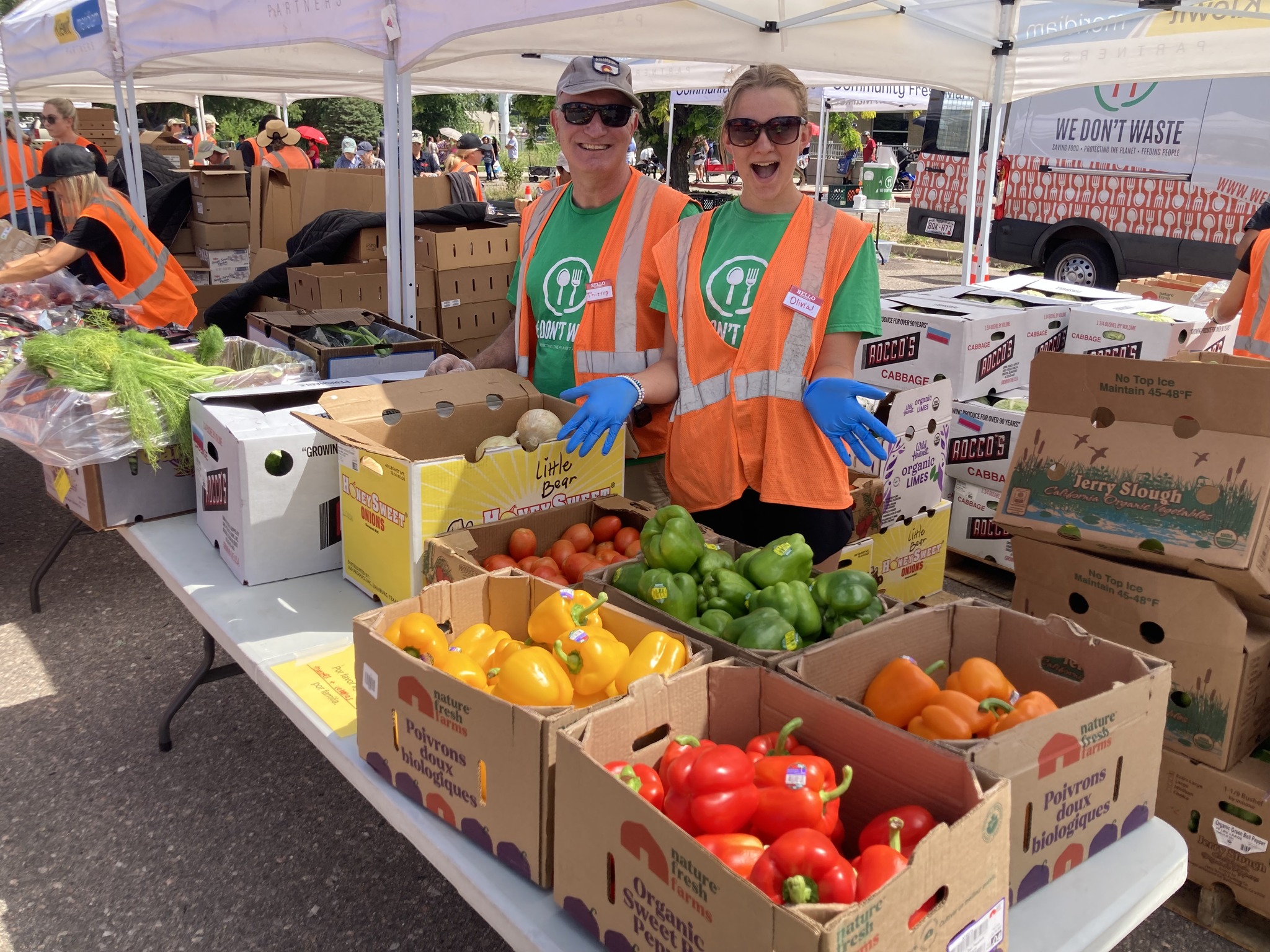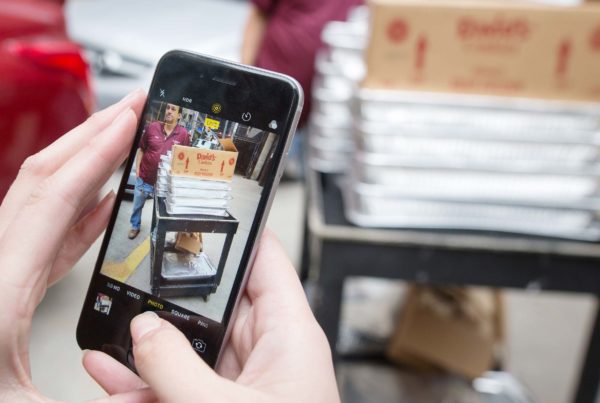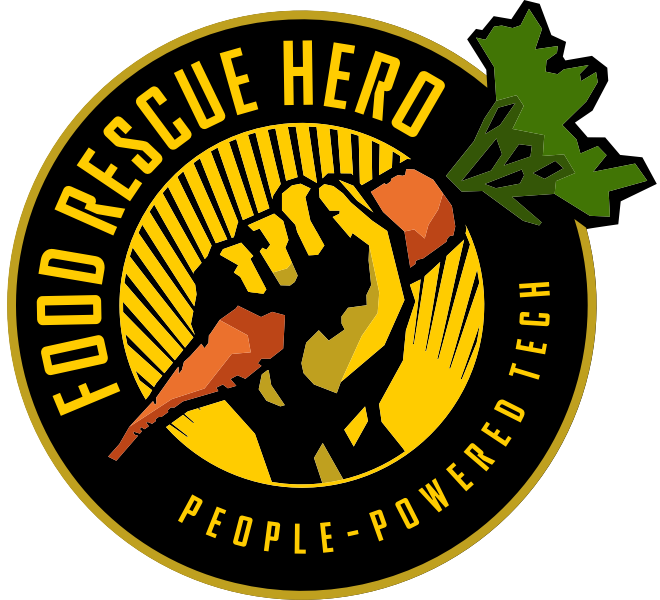We focus on measuring our work’s impact on food insecurity. Our originating partner, 412 Food Rescue, has worked with the University of Pittsburgh to conduct extensive research on end-user impact using the USDA Food Insecurity Survey as rubric.
We use ESRI’s GIS platform to assess our impact on food access as we change food distribution models. Mobility and time barriers are not typically considered in the design of food access models – making food available is not enough as populations experiencing poverty and food insecurity face obstacles in transport access, child care and control of their time, making it difficult to get to traditional food banks or pantries.
Our technology enables a model of retail food recovery and redistribution – including home delivery – that radically changes food access, enabling more people in poverty to access like never before.






